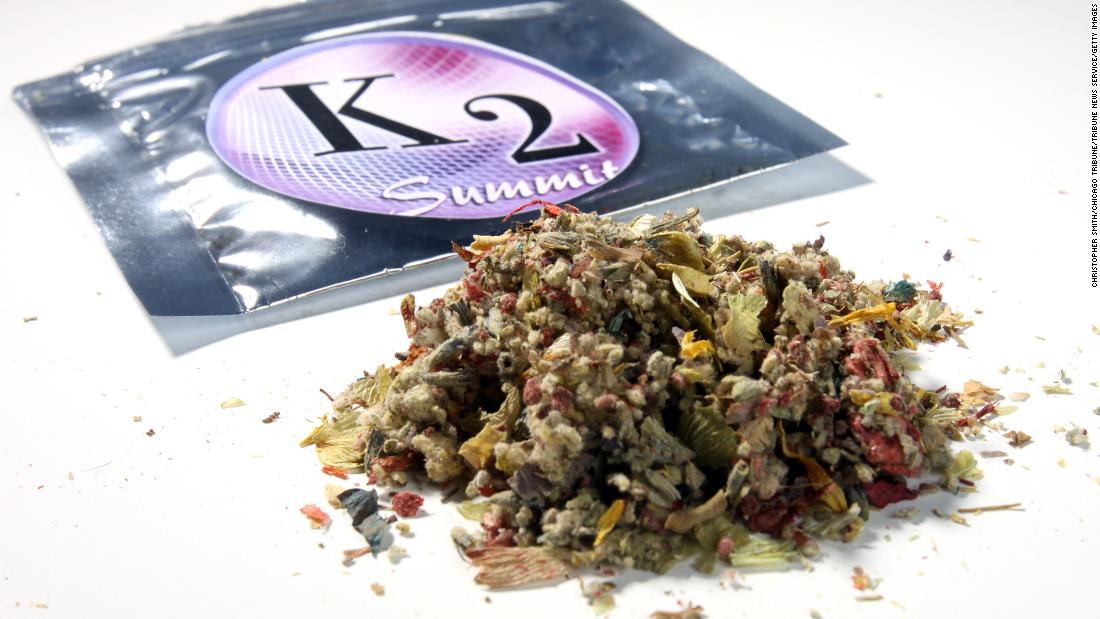Dangerous artificial marijuana is used less in states where weed is legal
She is the lead author of a study that found calls to poison control centers about synthetic cannabinoids dropped by more than a third between 2016 and 2019 in states that legalized recreational marijuana.
“These products are made in a powder form and can be pulverized or added to something that looks exactly like natural cannabis. So in a party situation, I could see someone might use it unintentionally,” Klein said. , who is also an associate professor at the WSU College of Nursing.
A deadly problem
According to experts, there is no way of knowing what synthetic cannabinoids are actually in the purchased product or what else might be in the solvents used to soak the dried plants.
Officially known as “synthetic cannabinoid receptor agonists,” these artificial products are different from synthetic cannabis products for medical use, Klein said.
“They don’t show up for regular drug tests,” she said, “and the body doesn’t recognize them in a way that has positive effects.”
More than half of those calls (56%) were made in states with restrictive cannabis policies, according to the study. Nearly a third (38.6%) occurred in states that allow medical use and 5.5% occurred in “permissive” states, where recreational use is legal, according to the study.
How Synthetic Cannabinoids Work
“A particular synthetic cannabis was designed by a pharmaceutical company as a potential pain-relieving drug,” Klein said. “It turned out to be so strong and potent, and had so many side effects, that it wasn’t prosecuted.”
Today, synthetics are mostly produced overseas and shipped to the United States. In fact, the first shipment “known to contain synthetic cannabinoids was seized at a US border in 2008,” according to the CDC.
“And those are just the ones that have been flagged and identified,” she added.
Although not identical to weed, synthetics act on the same cannabinoid receptors as THC, but can be up to 100 times more potent due to the way they bind to receptors in the brain, a said Klein.
Psychiatric symptoms include “hallucinations, delusions, psychosis, violent behavior and suicidal thoughts,” the agency said. “Other physical signs and symptoms including tachypnea, tachycardia, hypertension, severe nausea and vomiting, chest pain and heart attacks, rhabdomyolysis (breakdown of damaged muscles), kidney failure and death. “
There is no antidote for synthetic cannabinoid poisoning and long-term effects are unknown, the CDC said. Treatment is supportive, using intravenous fluids, oxygen and other airway protection, and drugs for agitation and combativeness.


Comments are closed.